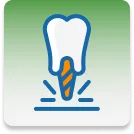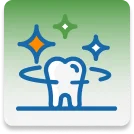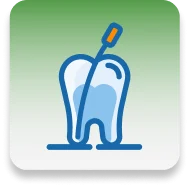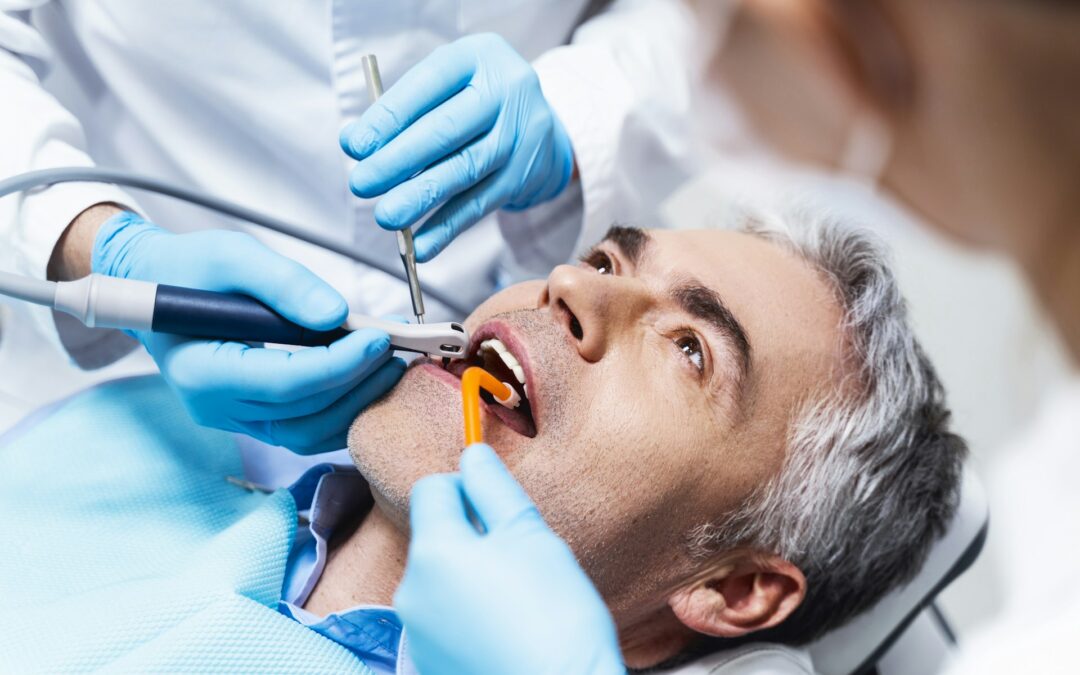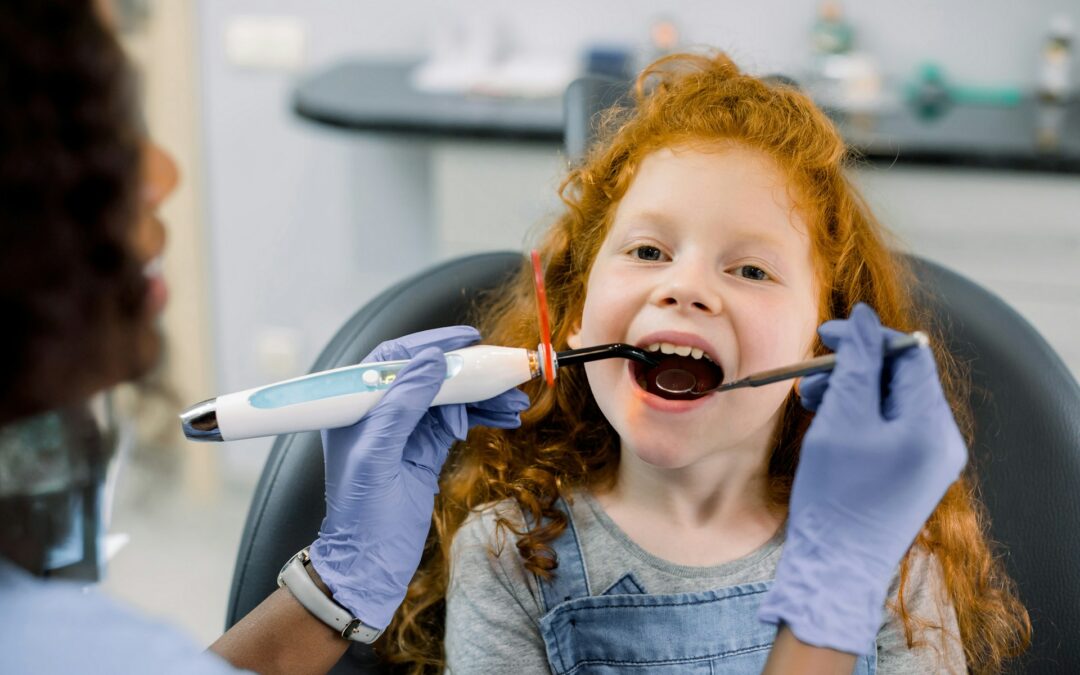Smoking impacts various aspects of health, with one significant area being oral health. It’s not just about having stained teeth or bad breath—smoking affects your gums in profound ways. Understanding the connection between smoking and gum health is crucial, especially if you’re looking to maintain a healthy smile over the years.
When you smoke, you expose your mouth to harmful chemicals that can lead to gum problems. These issues often begin subtly but can escalate if left unaddressed. Recognizing how smoking affects gum health is the first step in taking proactive measures to protect your mouth.
Understanding the Connection Between Smoking and Gum Health
Smoking introduces a myriad of harmful substances into the body, many of which directly impact oral health. The chemicals in cigarettes can diminish blood circulation throughout the body, including the gums. This reduced blood flow affects the gums’ ability to repair and maintain themselves, making them more susceptible to infections and diseases.
Smoking also interferes with how the gums respond to bacterial plaque, which is a sticky film that forms on teeth. This plaque is a haven for bacteria that can lead to gum inflammation, a condition that might ultimately result in serious infections if not treated. Smokers often find it harder to fight off these infections due to their weakened gum health.
Here’s a quick look at the specific impacts of smoking on your gums:
– Decreased Blood Flow: Smoking reduces the blood supply to the gums, causing slower healing.
– Weakened Immune Response: The chemicals in tobacco affect the body’s ability to combat oral infections.
– Increased Plaque and Tartar: Smokers tend to have more plaque and tartar buildup, which contributes to gum disease.
– Early Signs of Gum Problems: Symptoms like red or swollen gums, persistent bad breath, and bleeding while brushing or flossing are common among smokers.
These changes often start small, so it’s easy to miss them until complications arise. Understanding these impacts can help in taking steps to mitigate the damage and maintain healthier gums. It’s essential to be aware of these symptoms early on and take the necessary actions to protect your oral health.
How Smoking Damages Your Gums
The physical damage smoking does to your gums is both immediate and progressive. The longer you smoke, the greater the likelihood you will face severe gum issues. Initially, you might notice that your gums appear more inflamed or bleed more easily. This often leads to persistent bad breath, a condition cigarette smokers commonly face, largely due to the bacteria thriving in inflamed gum tissue.
As you continue smoking, these initial problems can evolve. Gum recession becomes common, where the gum tissue pulls away from the teeth, exposing the roots. This not only makes the teeth look longer, but also makes them more vulnerable to cavities, as the less protected root surface decays easily.
Additionally, prolonged smoking can lead to periodontitis, a severe gum infection that damages the soft tissue and can destroy the bone supporting your teeth if left untreated. The problem is compounded by the fact that the typical inflammation response, which serves as a warning sign, is blunted in smokers, often delaying diagnosis and treatment.
Look out for these common symptoms that indicate gum damage from smoking:
– Red, Swollen Gums: Persistent inflammation is common.
– Bleeding Gums: Especially during brushing or flossing.
– Receding Gums: Exposing the base of the teeth.
– Loose Teeth: Due to loss of supporting bone and tissue.
– Painful Chewing: Caused by sensitivity and loose teeth.
Awareness of these symptoms means you can take early action and prevent severe consequences. Consulting a dental professional at the first sign of trouble can make all the difference in preserving your gums and overall oral health.
Long-Term Consequences of Smoking on Oral Health
Smoking doesn’t just affect your gums in the short term; it sets the stage for long-term oral health issues. Severe gum disease, known as periodontitis, is a common consequence. This condition happens when the infection damages the gums and bone that support your teeth. Over time, this can lead to the loss of teeth, changing the way you chew and even the way you speak. Dealing with these advanced stages of gum disease often requires extensive treatment and care.
Smoking also affects the appearance of your gums and teeth. Stained teeth and persistent bad breath are common concerns, but they signal deeper problems. The tar and nicotine in cigarettes are known to cause these stains, and they’re also factors that contribute to plaque buildup, leading to the decay of teeth and inflammation of gums. It’s a cycle that’s hard to reverse once it begins.
Beyond the cosmetic issues and the risk of tooth loss, continued smoking can dull the signs of oral problems. Smokers are often unaware of worsening gum disease because their symptoms—like swelling and bleeding—are less noticeable due to smoke-induced reduced blood flow in the gums. This can delay seeking treatment, allowing the disease to progress.
When to See a Periodontal Dentist in Parma, Ohio
Recognizing the signs that it’s time to visit a periodontal dentist can save you from extensive dental procedures in the future. If you’re noticing symptoms such as persistent gum inflammation, bleeding, or receding gums, it’s crucial that you reach out for professional help. These could be early signs of gum disease that you should not ignore, especially as a smoker.
Here’s when you should consider making that appointment:
– Persistent Symptoms: If swollen or bleeding gums don’t improve despite changing your brushing or flossing habits.
– Visible Gum Recession: Gums pulling away from the teeth require attention.
– Loose or Shifting Teeth: This is a sign of bone loss and should be addressed promptly.
– Chronic Bad Breath or Taste Changes: These symptoms may indicate more serious oral health issues.
Seeing a periodontal specialist in a location like Parma, Ohio, can offer personalized advice tailored to your situation. Early intervention can prevent further deterioration and is instrumental in preserving oral health. It’s a proactive step that can make a big difference in the care of your gums.
Creating a Plan for Healthier Gums
Stopping smoking is a significant leap toward healthier gums, but it also requires a commitment to good oral hygiene practices. Quitting smoking not only stops further damage but also facilitates your gums’ healing process, as they begin to repair the effects of reduced blood supply and weakened tissue.
Here are some steps you can take:
– Regular Oral Hygiene: Brushing twice daily and flossing helps keep plaque in check.
– Routine Dental Check-Ups: Dentist visits every six months help monitor gum health.
– Healthy Lifestyle Changes: Eating a balanced diet and reducing sugar intake supports oral and overall health.
– Professional Dental Cleanings: These cleanings remove plaque and tartar that home care can’t tackle alone.
Implementing these changes can enhance your gum health significantly, ensuring that you maintain a brighter, healthier smile. The objective is to support your gums and teeth for the long haul, reducing the risk of complications and safeguarding your oral health.
Supporting Your Gum Health Journey
Maintaining healthy gums is an ongoing process that requires dedication and awareness. Making sound choices about smoking and following a regimen to care for your mouth are parts of a long-term strategy to keep your gums strong. Remember that professional guidance is invaluable, helping you navigate your journey to better oral health. With the right steps and support, you’re well on your way to protecting your smile for years to come.
For a comprehensive and supportive approach to your gum health, it may be time to talk with a periodontal dentist who understands the impact of smoking on your mouth. Jordan M. Job DDS, offers thoughtful care and guidance to help you move toward a healthier, more confident smile.


